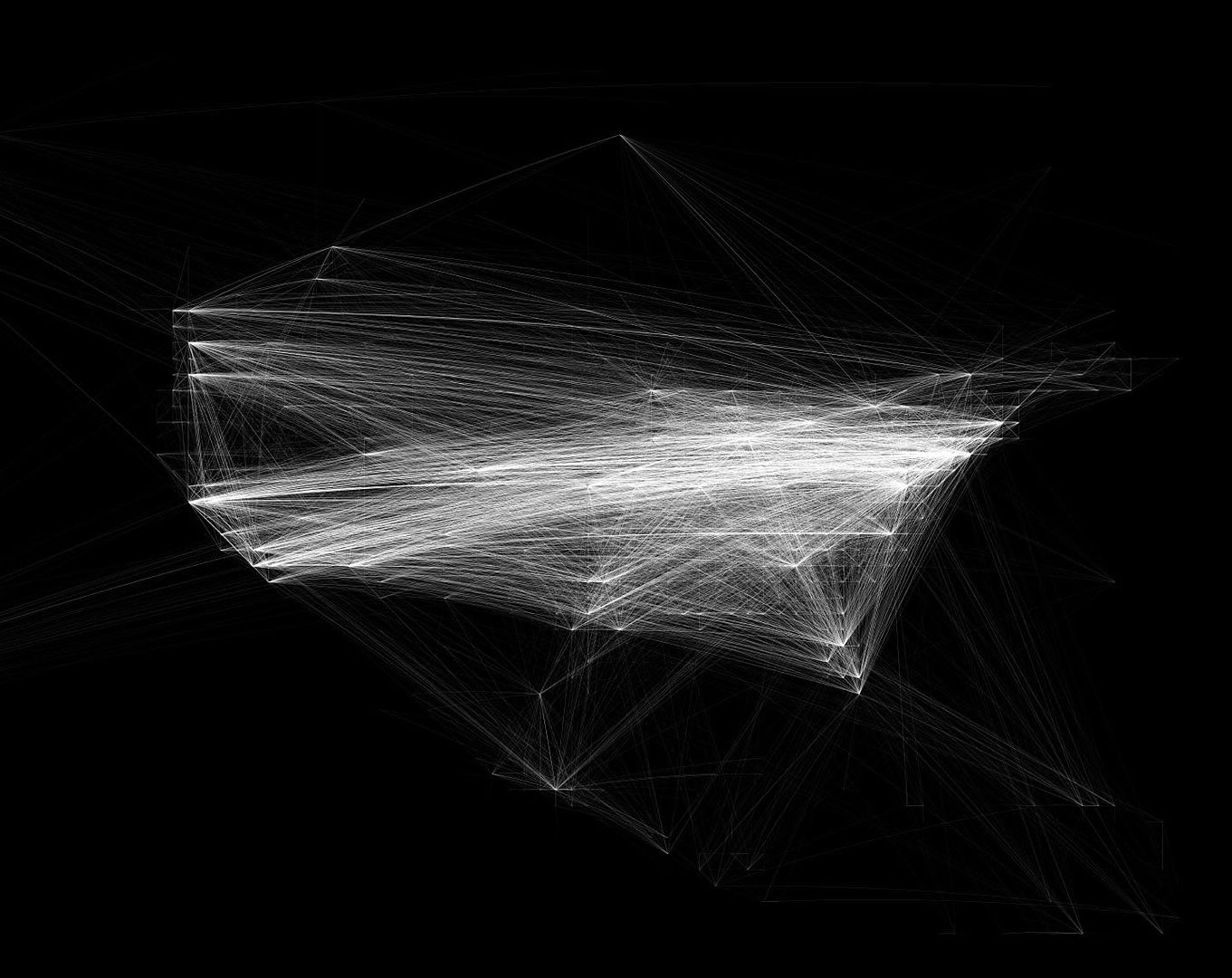The Modern Age, along with its perks, increase the riskiness of things (the global financial crisis a "great" case study) - using Nassim Taleb terminology, modernity is increasing our exposure to "Extremistan." From Niall Ferguson's review of Taleb's The Black Swan:
Perhaps the most provocative of all Taleb's many provocations is his hypothesis that, as a result of globalisation and the speed of electronic communications, the world is becoming more like Extremistan and less like Mediocristan.
Yes, the integration of international markets seems to reduce economic volatility. But by magnifying the effects of herd-like behaviour (another of our evolved traits), it also increases the tendency for winners to take all - the Harry Potter phenom-enon - and for disasters, when they strike, to be comparably huge. Just as there will be fewer but bigger bestsellers, Taleb argues, so there may also be "fewer but bigger crises" in the realms of finance and geopolitics.
Mediocristan is where failures or successes have a smaller impact. In Extremistan, the impact is huge (often global). More and more of the world is becoming like Extremistan - "winner-takes-all" - the more interconnected and interdependent we become.
The internet is one of the defining offspring of Modernity as well as a major reason for this global interconnectedness. Though, as Kevin Kelly's concept of 1,000 True Fans shows, the Internet can also serve as a leveling tool.
Artistic fields like film, visual art, music are subject to Extremistan-like tendencies: winner-takes-all tendency, high degrees of randomness as far as which participants in these fields will achieve "Superstar" level (the rare but dominating leaders of the field). since the distribution isn't even but extreme, high success is rare.
"1,000 True Fans", on the other hand:
My previous post on the internet highlights another leveling factor. Modernity brought the means of mass communication (1984-style), but the web allows the option of less "clumping" around a few, most prominent voices. Experts (and varied opinions) are easier to find - hopefully also lessening our exposure to Extremistan (in the form of singular, top-down instead of bottom-up guidance). More on this point in a later post.
The internet is one of the defining offspring of Modernity as well as a major reason for this global interconnectedness. Though, as Kevin Kelly's concept of 1,000 True Fans shows, the Internet can also serve as a leveling tool.
Artistic fields like film, visual art, music are subject to Extremistan-like tendencies: winner-takes-all tendency, high degrees of randomness as far as which participants in these fields will achieve "Superstar" level (the rare but dominating leaders of the field). since the distribution isn't even but extreme, high success is rare.
"1,000 True Fans", on the other hand:
Other than aim for a blockbuster hit, what can an artist do to escape the long tail? One solution is to find 1,000 True Fans. While some artists have discovered this path without calling it that, I think it is worth trying to formalize. The gist of 1,000 True Fans can be stated simply:The opportunity for escape - to an alternate path of success for a creator - is something the internet is beginning to usher in (I don't believe the 1,000 True Fans model has yet reached near its full potential).
A creator, such as an artist, musician, photographer, craftsperson, performer, animator, designer, videomaker, or author - in other words, anyone producing works of art - needs to acquire only 1,000 True Fans to make a living.
A True Fan is defined as someone who will purchase anything and everything you produce. They will buy the super deluxe re-issued hi-res box set of your stuff even though they have the low-res version. They have a Google Alert set for your name. They come to your openings. They have you sign their copies. They can't wait till you issue your next work. They are true fans....Let's peg that per diem each True Fan spends at $100 per year. If you have 1,000 fans that sums up to $100,000 per year, which minus some modest expenses, is a living for most folks.
One thousand is a feasible number. You could count to 1,000. If you added one fan a day, it would take only three years...The technologies of connection and small-time manufacturing make this circle possible...You don't need a million fans to justify producing something new. A mere one thousand is sufficient.
But the point of this strategy is to say that you don't need a hit to survive. You don't need to aim for the short head of best-sellerdom to escape the long tail. There is a place in the middle, that is not very far away from the tail, where you can at least make a living. That mid-way haven is called 1,000 True Fans. It is an alternate destination for an artist to aim for.
My previous post on the internet highlights another leveling factor. Modernity brought the means of mass communication (1984-style), but the web allows the option of less "clumping" around a few, most prominent voices. Experts (and varied opinions) are easier to find - hopefully also lessening our exposure to Extremistan (in the form of singular, top-down instead of bottom-up guidance). More on this point in a later post.





